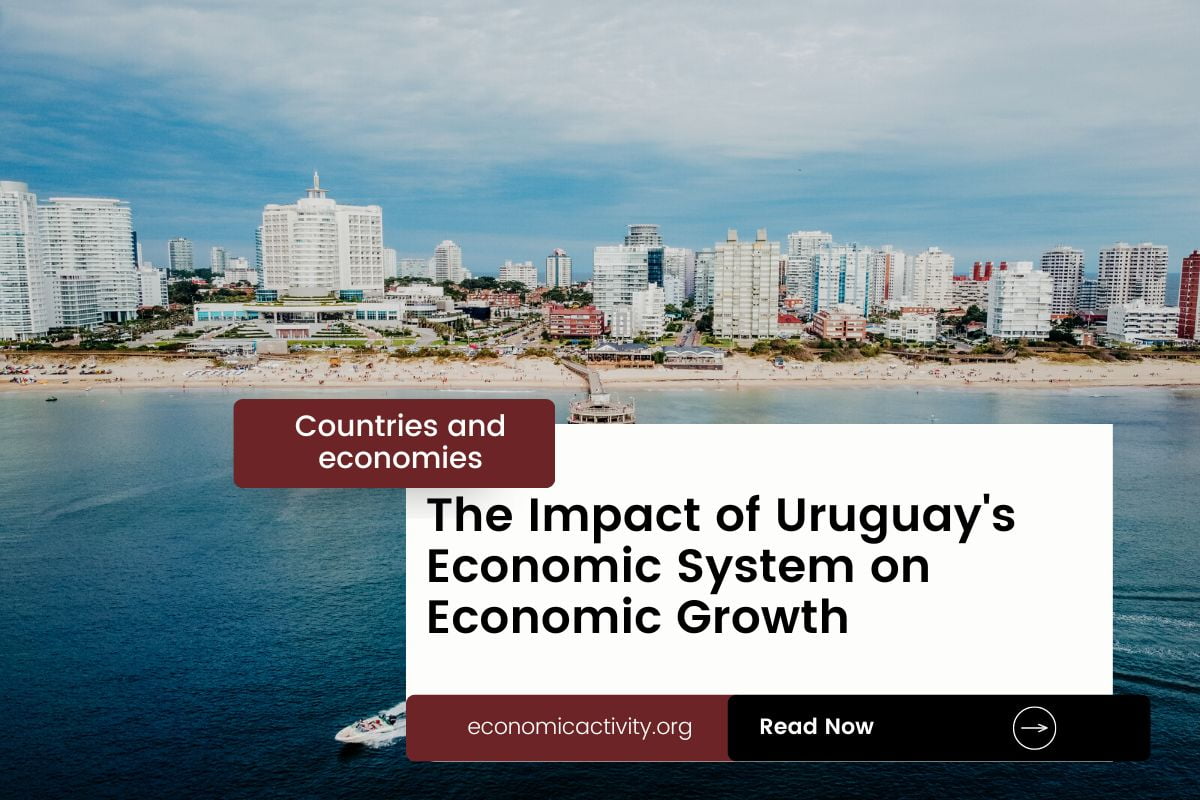What is the economic system of Uruguay? The economy of Uruguay is based on a mixed economy. The country’s economic system combines elements of a market economy and a planned economy.
Uruguay’s economy is characterized by an export-oriented agricultural sector, a well-educated workforce, and high levels of social spending. Key sectors include livestock and meat processing, agriculture, and services, particularly tourism and finance.
In Uruguay, the economy is composed of a private sector, consisting of individuals and businesses that make autonomous decisions based on self-interest, and a public sector, where the state determines the production and distribution of certain goods and services. No country is purely capitalist or purely communist.
What do the freedom indexes tell about the economic system of Uruguay?
Now, to determine if a country is mostly a market economy or a planned economy, it is useful to examine some economic indexes. For instance, according to the 2022 Index of Economic Freedom, which measures the ability of every human to control his own labor and property, Uruguay is ranked 34th globally and 5th in the Americas indicating that the country has a mostly free economy.
In a similar way, the 2022 Freedom House index evaluates the state of political rights and civil liberties globally. Generally, market economies tend to align more with democracy and freedom, while command economies tend to be characterized by greater state control and fewer democratic and civil liberty protections.
Uruguay gets a score of 97/100, which qualifies it as Free. Uruguay is a country where the government does not control what people do for political reasons, and people have the freedom to choose (what, how much, and how to produce, whether to buy or not, selling price, etc.)
The Link Between Public Sector Employment and the Economic System of Uruguay
An indicator of the extent to which the State is involved in the economy is the number of public sector employees. In Uruguay, according to ILOSTAT, the number of public sector employees as a percentage of the total workforce is 16.9% (2021).
In the country’s mixed economy, the number of public sector employees as a percentage of the total workforce varies based on the specific policies and practices adopted by the State.
Some economic activities are left to the private sector while others are under government control. The bigger the public sector the closer is the economy to being a command economy.
What do the biggest companies in Uruguay say about the country’s economic system?
The biggest company in Uruguay should also be looked at, as well as whether it is a state-owned or private company. In this case, Durulte S.A is a nutritional product manufacturer with a specialty in the bakery sector. The company produces and exports various food items, including “alfajores” (sandwich cookies). It is also a co-manufacturer for multinational companies such as Kraft Foods, Fritolay/Pepsico/Quaker, and Arcor Argentina.
The company is privately owned by multiple shareholders. It shows how the biggest companies in the country are privately owned.
The historical factors that have influenced the economic system of Uruguay
Uruguay’s mixed economy system is the result of a gradual shift from a largely agrarian economy to a more diversified one.
This shift was driven by increased foreign investment, the development of new industries, and the liberalization of trade and investment policies.
These changes have allowed Uruguay to become a more competitive economy, with a greater focus on services and technology-based industries.





Leave a Reply